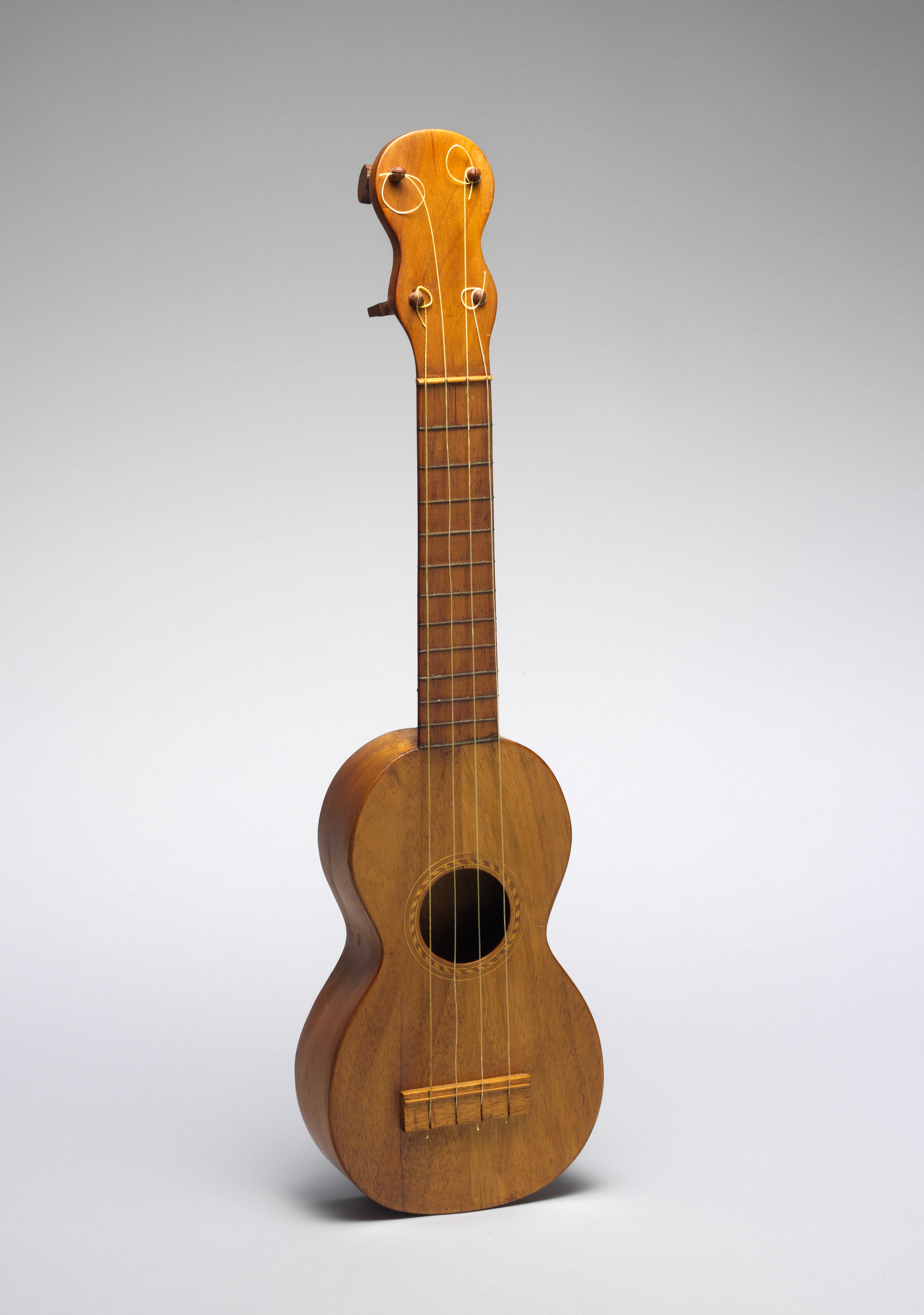The Soul of the Ukulele: A Deep Dive into traditional Hawaiian Woods
The ukulele, a vibrant instrument with roots deeply entwined in Hawaiian culture, finds its voice not just in the strings but also in the wood that gives it life. Traditional Hawaiian ukuleles, revered for their unique sound and aesthetic, are often crafted from native woods, each with its own distinct character and contribution to the instrument’s voice.
This article delves into the world of traditional Hawaiian ukulele woods, exploring their unique properties, historical significance, and the impact they have on the instrument’s sound and playability.
Koa: The Crown Jewel of Hawaiian Ukulele Woods

Koa (Acacia koa) stands as the most iconic and revered wood for crafting Hawaiian ukuleles. This native Hawaiian hardwood boasts a rich history, deeply intertwined with the cultural identity of the islands.
The Unique Characteristics of Koa
Koa is renowned for its striking appearance, ranging from a warm golden hue to a deep, chocolate brown, often with dramatic figure and grain patterns. Beyond its visual appeal, Koa possesses several characteristics that make it highly prized for instrument making:
Exceptional Strength and Durability: Koa is a dense and resilient wood, capable of withstanding the stresses of everyday playing and travel.
The Cultural Significance of Koa
Koa holds immense cultural significance in Hawaii. It has been used for centuries by native Hawaiians to craft canoes, tools, and other objects of cultural importance. The wood’s beauty and durability have made it a symbol of Hawaiian craftsmanship and artistry.
The Impact of Koa on Ukulele Sound

Ukuleles crafted from Koa often exhibit a rich, complex tone with a pronounced midrange and a smooth, even response across the fretboard. The wood’s natural warmth and resonance contribute to a playing experience that is both engaging and inspiring.
Other Traditional Hawaiian Ukulele Woods
While Koa reigns supreme, other native Hawaiian woods have also been used in ukulele construction, each offering its own unique sonic and aesthetic qualities.
Mango (Mangifera indica)
Mango wood, readily available in Hawaii, offers a more affordable alternative to Koa while still delivering a pleasing tone.
Sound Characteristics: Mango typically produces a brighter, more focused sound compared to Koa, with a slightly crisper attack.
Wiliwili (Erythrina sandwicensis)
Wiliwili, a lightweight and buoyant wood, was traditionally used in the construction of outrigger canoes.
Sound Characteristics: Wiliwili produces a light, airy tone with a quick response and good projection.
Ohia (Metrosideros polymorpha)
Ohia, a dominant tree species in Hawaiian forests, offers a unique and intriguing option for ukulele construction.
Sound Characteristics: Ohia produces a warm, resonant tone with a slightly darker character than Koa.
The Modern Ukulele and the Evolution of Wood Choices
While traditional Hawaiian woods continue to be highly prized, the modern ukulele scene has seen a diversification of materials used in construction.
Imported Woods: Woods like mahogany, spruce, and maple, commonly used in guitar making, have found their way into ukulele production, offering a wider range of tonal and aesthetic options.
The Importance of Wood Selection in Ukulele Tone
The choice of wood plays a crucial role in shaping the overall sound and character of a ukulele.
Wood Density and Grain: The density and grain structure of the wood significantly influence the instrument’s resonance, projection, and sustain.
Conclusion
The choice of wood is a deeply personal one for ukulele players. Whether you opt for the classic elegance of Koa, the affordability of Mango, or the unique character of other Hawaiian woods, the instrument’s voice will be intimately connected to the material from which it is crafted.
By understanding the unique properties and characteristics of traditional Hawaiian ukulele woods, players can make informed decisions about their instrument and deepen their appreciation for the artistry and craftsmanship that goes into creating these beautiful instruments.



